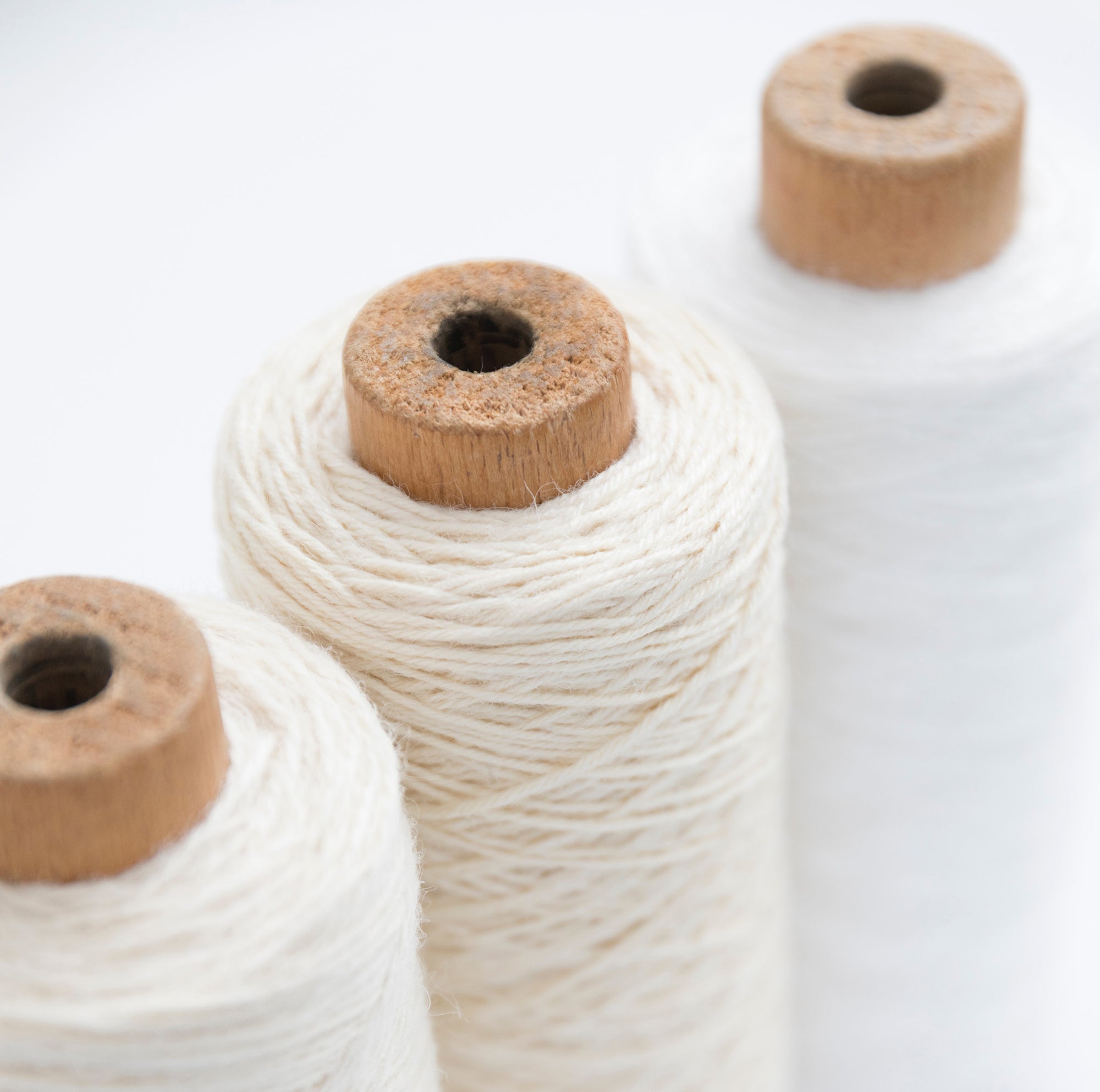There has never been a more important time to choose the sustainable option than right now. When it comes to fashion, this means choosing natural fibres over synthetic.
Below, we explain what the difference is, why it’s important and how you can be sure you’re choosing the right fibre for the planet.
The Problem With Synthetics
Up until the 1930’s everyone was wearing natural fibres – wool, silk, cotton, linen, hemp.
That was until nylon was first manufactured to create stockings and since then, synthetic fibres have become increasingly popular. Today they make up 60% of all clothing, and are causing significant damage to the planet.
Synthetic fibres are ‘man-made’, produced from oil, and chemically processed into materials like nylon, polyester and acrylic. These are damaging for a number of reasons:
Greenhouse Gas Emissions
Greenhouse gas emissions are one of the main causes of global warming and the climate crisis. Synthetic fibres have enormous emissions footprints related to their production. Producing polyester releases two to three times more carbon emissions than cotton. Moving away from synthetics like polyester is a move away from chemicals and harmful emissions.
Quick to Perish
Clothes made of synthetic fibres can often lose their shape after wear, making them a wasteful investment. We need to embrace clothes that are going to stand the test of time and that means moving away from synthetics.
Plastic Clothes
Every time you wash your synthetic clothes, millions of tiny microplastic granules from the garment are released into our water systems. Microplastic pollution has contaminated the whole planet, from Arctic snow to the deepest ocean and can now be found even in our food.
Synthetic fibres are very close to plastic in structure and, when disposed of, fail to break down. Over time, these synthetic clothes will further reduce to tiny micro-plastic granules and remain on the planet forever.
We can reject disposable cutlery and plastic coffee cups, but until we reject clothes made of synthetics, plastic will continue to be a major part of our lives.
The good news is that there is an alternative.
Natural Solution
Natural fibres are derived from plants or animals. We focus on cashmere which, when responsibly consumed, is the perfect fibre for a sustainable fashion future.
Renewable
Unlike synthetics, natural fibres are technically a renewable resource. Every year, goats will produce a new winter coat which will be hand-combed in Spring in preparation for the Summer. The next year, goats will produce a new coat and a new batch of cashmere.
Synthetic fibres need to be continually produced using a lot of energy. The only energy used to produce raw cashmere is by the goats.
Resilient & elastic
Cashmere fibres are naturally elastic and resist tearing, which allows the garment to stretch comfortably with the wearer and then return to its natural shape. Resistant to wrinkling and sagging, cashmere garments will last for generations and are the ideal piece for a sustainable wardrobe.
Cashmere Magic
Cashmere is a truly magical fibre. It absorbs and then releases body moisture from the skin very quickly, avoiding odours. Not only this, the crimping of the fibre allows tiny air-pockets to form when spun together. This keeps the garment both breathable and cosy.
Biodegradable
A completely natural fibre, cashmere will biodegrade over time if returned to the soil, leaving no trace of its existence. For a sustainable future, this should be the aim for all materials.
Natural fibres are one of the solutions to the fashion crisis but must be consumed responsibly. If widely re-adopted as an alternative to synthetics, the return to materials derived from plants and animals will move us towards a more sustainable fashion future. Not only this, our wardrobes will reap the rewards with clothes that offer greater comfort, and which last for generations.
Tell us how you’re going natural.

